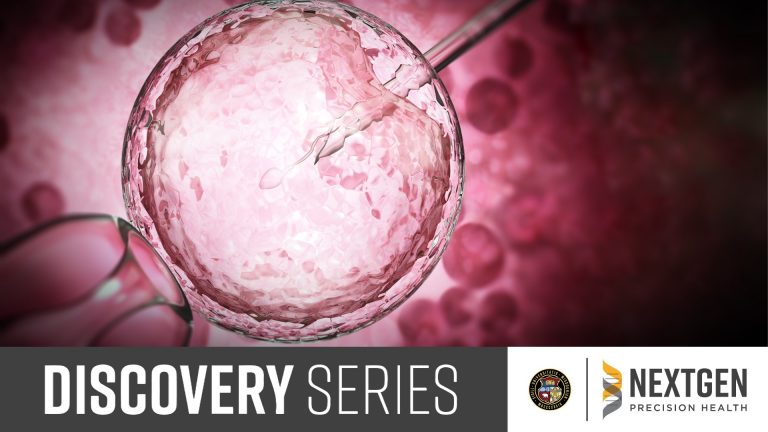Few experiences are as emotional—or as unpredictable—as the journey to conceive. About 20% of women have difficulty becoming pregnant during the first 12 months of trying, while among those who do become pregnant, nearly half of those pregnancies are unintended. These two realities—infertility and unintended pregnancy—highlight the central challenge of reproductive biology: finding a balance that allows conception when people want it to and prevents it when they don’t.
Joy Winuthayanon, an associate professor of Obstetrics, Gynecology, and Women’s Health at the University of Missouri, studies this balance “from both sides of the coin.” Her research focuses on understanding the causes of infertility while also developing new, non-hormonal contraceptives.
Winuthayanon’s path to science began in Thailand, where she trained as a nurse and midwife before earning her Ph.D. “Pregnancy is something magical,” she recalls, “I delivered babies as part of my midwife training, and that experience made me want to keep working in reproductive biology.” Additionally, it was through this experience that she was confronted with the stigma surrounding the topics of infertility and miscarriage.
“Compassion and understanding motivate me,” Winuthayanon explains. “Miscarriage is something women often don’t talk about, and it shouldn’t be stigmatized.” That empathy now drives her scientific curiosity. In her lab, Winuthayanon studies the oviduct—also known as the fallopian tube—the reproductive organ that transports the egg from the ovary to the uterus. She and her team suspect that this often-overlooked stage of reproduction may hold key factors contributing to infertility.
But infertility is only one side of the coin. On the other, Winuthayanon’s lab explores how to prevent pregnancy—specifically through the development of novel non-hormonal contraceptives. The goal is to block semen liquefaction—the process that allows sperm to move freely. By inhibiting the activity of prostate-specific antigen (PSA), an enzyme that normally breaks down seminal fluid, the semen remains in a gel-like state that traps the sperm in place. Unlike hormonal birth control, this approach acts only locally, offering a promising new alternative that may help avoid the side effects some people experience.
By studying fertility and contraception together, Winuthayanon bridges two deeply personal experiences that shape countless lives. Her work blends scientific precision with empathy, reflecting her belief that the future of reproductive biology depends not just on discovery, but on communication and compassion.








